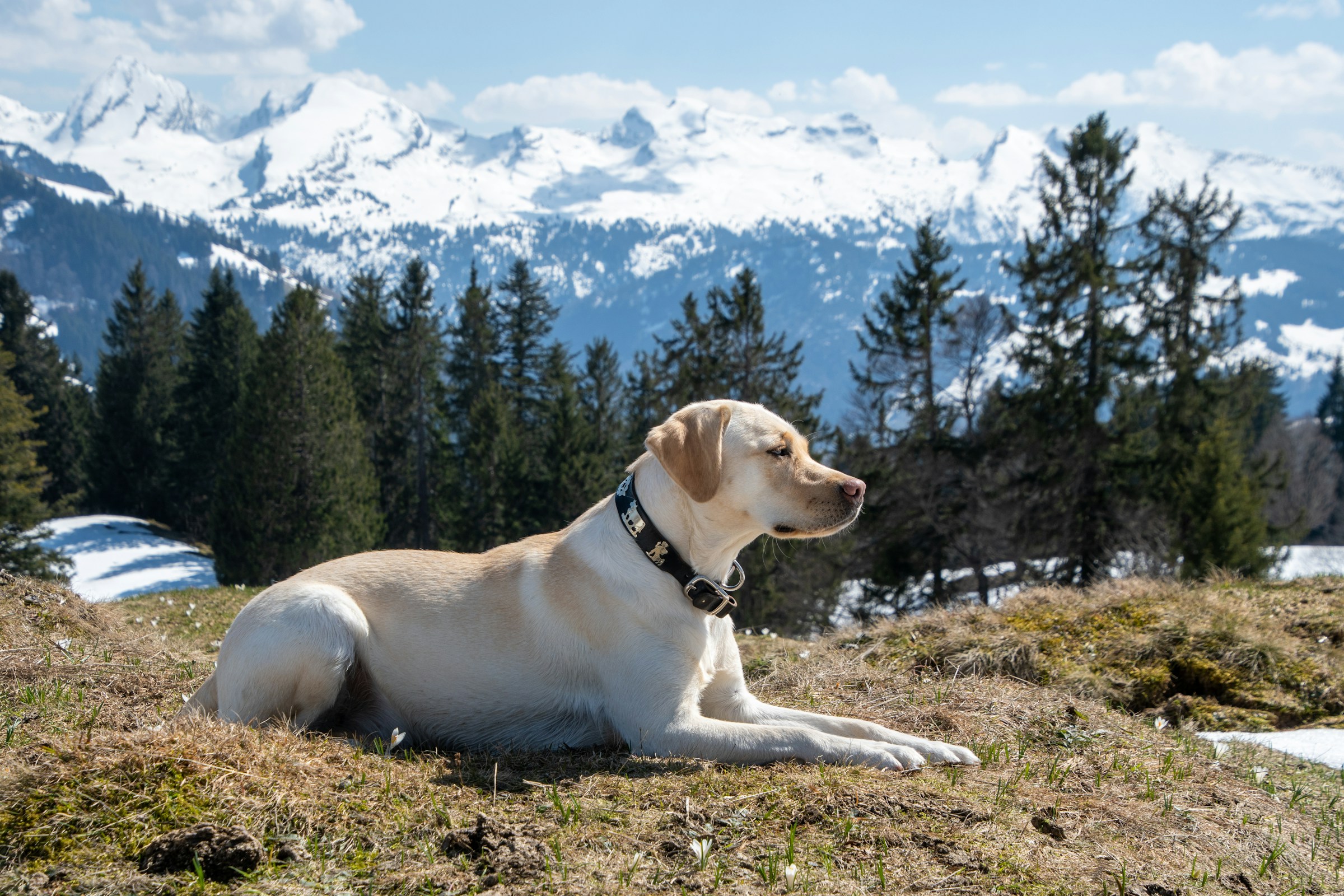When you bring a new Labrador Retriever into your home, it’s a time of excitement and joy. The bond that you establish with your pet is unique and fulfilling. However, it’s also a time of adaptation for your pet, which sometimes is accompanied by behavioral issues. One common issue that new dog owners face is separation anxiety, a condition that is characterized by extreme distress when the dog is left alone. This article will help you recognize the signs of separation anxiety in your newly adopted Labrador Retriever and provide you with practical strategies to address it.
Understanding Separation Anxiety
Before delving into the signs of separation anxiety, it’s crucial to understand what it is. Separation anxiety is a condition common in dogs that results in excessive distress when they are separated from their owners. This situation often occurs when you leave the house, thus the term separation anxiety. Dogs, like humans, are social creatures. They thrive on companionship and interaction, and when left alone, some dogs will exhibit signs of distress.
Dans le meme genre : How can you create an enriching environment for a German Shorthaired Pointer in a small apartment?
Recognizing the Signs of Separation Anxiety
When trying to ascertain if your Labrador Retriever is dealing with separation anxiety, you need to be observant of their behavior. When dogs experience separation anxiety, they commonly exhibit certain behaviors.
One significant behavior to look for is destructiveness. Does your dog become destructive when you’re not home? This might involve gnawing on furniture, ripping up carpets, or damaging other items. This behavior may signal that your pet is experiencing separation anxiety.
Avez-vous vu cela : How can you teach a Borzoi to interact safely with other dogs in off-leash parks?
Another sign is excessive barking or howling. Dogs often bark or howl when they are left alone as a way of expressing their distress. If your Labrador Retriever barks or howls excessively during your departure or shortly after you’ve left, they might be experiencing separation anxiety.
The third common sign of separation anxiety is inappropriate urination or defecation. If your dog is well-trained but starts having accidents inside the house when you’re away, it could be a sign of separation anxiety.
Techniques to Address Separation Anxiety
Recognizing separation anxiety in your Labrador Retriever is only the first step. The next step is to help your pet alleviate their anxiety. Here are some strategies that might be beneficial.
First, you can try a technique called desensitization. This involves gradually increasing the amount of time that you leave your dog alone. Start by leaving your dog alone for a few minutes at a time. Gradually increase the duration until your dog is comfortable being alone for longer periods.
Another effective technique is the use of positive reinforcement. Reward your dog for calm behavior. This can involve giving your dog a treat or a favorite toy before you leave the house. Over time, your dog will associate your departure with positive things, reducing the anxiety they feel when you leave.
Seeking Professional Help
If you’ve tried the above tactics and your pet’s behavior hasn’t improved, it might be time to seek professional help. A professional dog trainer or a veterinary behaviorist can provide further assistance. They can offer more comprehensive training strategies and, if necessary, recommend medication to help manage your dog’s anxiety. It’s important to remember that there’s no one-size-fits-all solution for separation anxiety. Each dog is unique, and what works for one might not work for another.
Dealing with separation anxiety in your Labrador Retriever can be challenging. It’s hard to see your beloved pet in distress. However, with patience, understanding, and the right strategies, you can help your dog navigate through this difficult time. Remember, it’s essential that you approach the situation with a lot of love, patience, and understanding. Your efforts will surely make a difference in your pet’s life.
Incorporating Exercise and Distractions to Aid Anxiety
A good strategy to manage separation anxiety is to tire out your Labrador Retriever before you leave the house. Dogs with severe separation anxiety often have a lot of pent-up energy that they express through destructive behavior or excessive barking. You can help minimize this energy by ensuring your dog gets plenty of exercise. Going for a long walk or engaging in dog sports like fetch or agility can be very beneficial in draining energy and reducing anxiety levels.
Moreover, you can distract your dog by providing them with interactive toys or puzzle feeders. This will keep their mind occupied and reduce the likelihood of anxiety kicking in. There are numerous interactive toys available in the market designed to keep dogs entertained for hours. You can also use this strategy in combination with the positive reinforcement technique mentioned earlier. For instance, give your dog a food-dispensing toy filled with a portion of their daily dog food just before you leave the house. This way, your Labrador Retriever will find a positive association with your departure, and their attention will be diverted to the toy.
The Role of a Balanced Diet and Regular Checkups
Apart from exercise and distractions, a balanced diet plays a significant role in managing separation anxiety in dogs. Like humans, dogs react to food differently. Some foods can stimulate hyperactivity, making your dog anxious and restless. Therefore, it’s important to provide your Labrador Retriever with a balanced diet that meets their nutritional needs without overstimulating them.
Regular veterinary checkups are also essential in managing separation anxiety. During these visits, your vet can assess your Labrador’s overall health and rule out any medical conditions that could be contributing to their anxiety. Remember, some physical ailments can cause behavioral changes in dogs. So, if you find your pet behaving unusually, the cause might not be separation anxiety, but a medical condition that needs professional treatment.
Conclusion
Adopting a Labrador Retriever, or any rescue dog, is a rewarding experience. However, it comes with its fair share of challenges, one of which could be separation anxiety. It’s important to recognize the signs of this condition, as early detection can significantly improve your dog’s welfare and your ability to manage the situation.
Remember, dealing with separation anxiety is a process that requires time, patience, and consistency. There are no quick fixes. If you’ve tried different techniques and you’re not seeing progress, don’t hesitate to seek professional advice. A dog trainer, behaviorist, or vet can provide unique insights into your dog’s specific needs.
Ultimately, your newly adopted Labrador Retriever is a member of your family. It’s essential to ensure they feel secure and loved in their new home. By understanding their separation anxiety and implementing strategies to manage it, you’ll be able to provide a nurturing environment for your new pet, enhancing the bond between you both.











